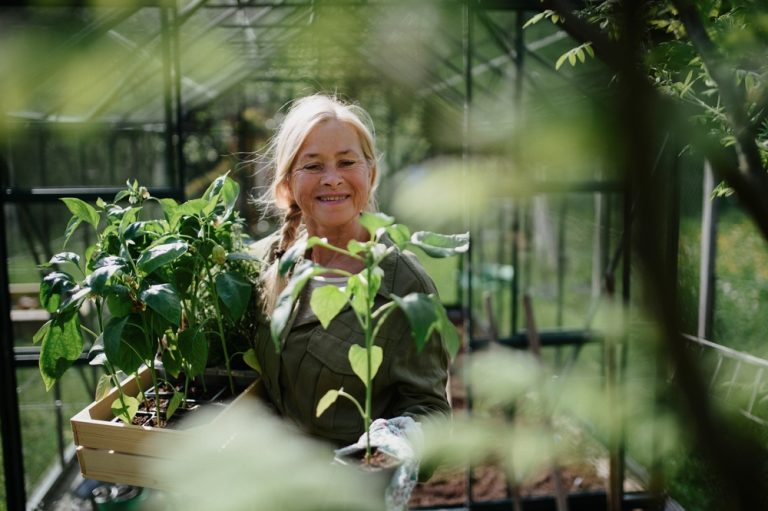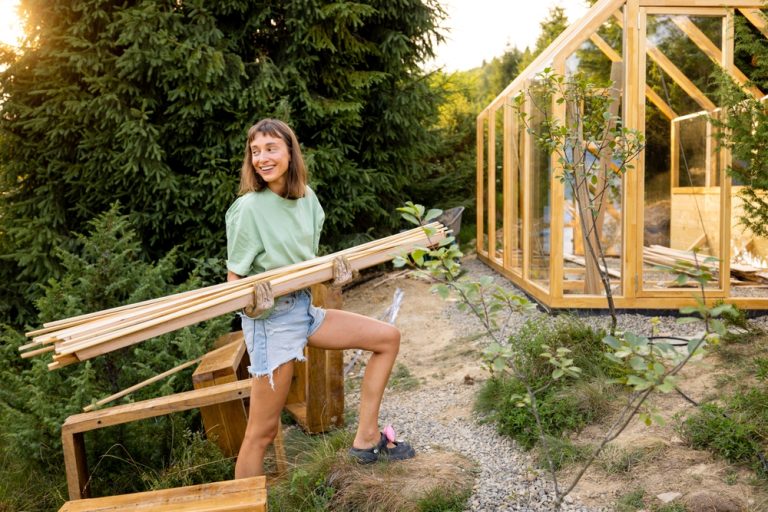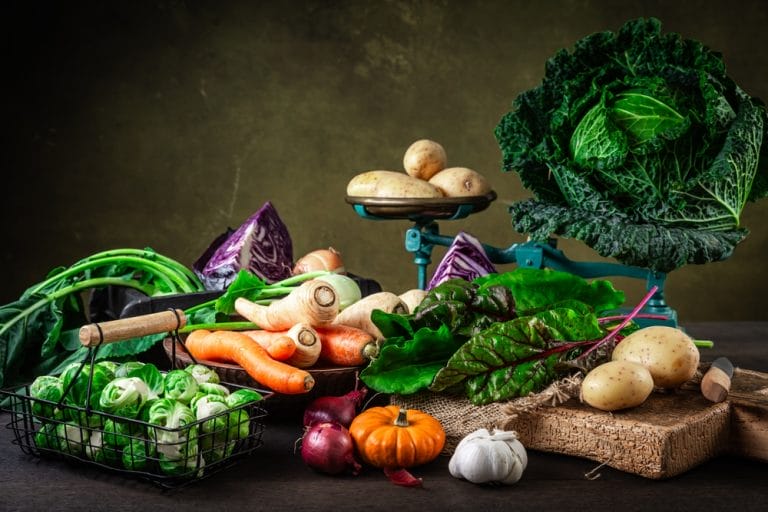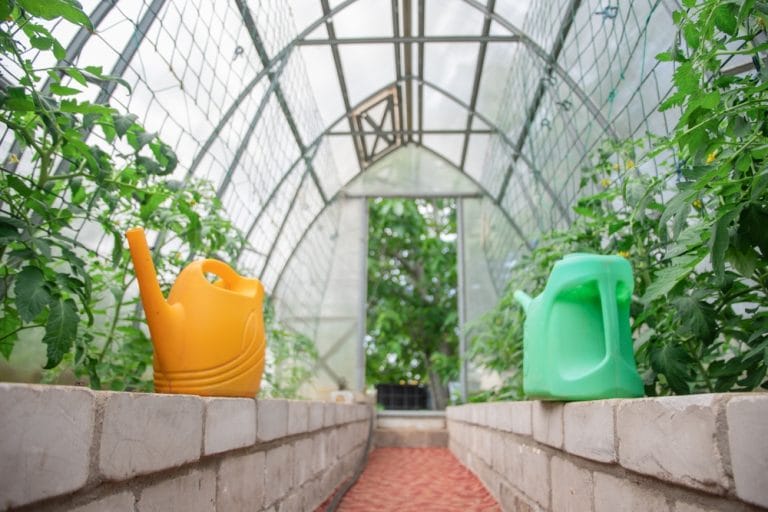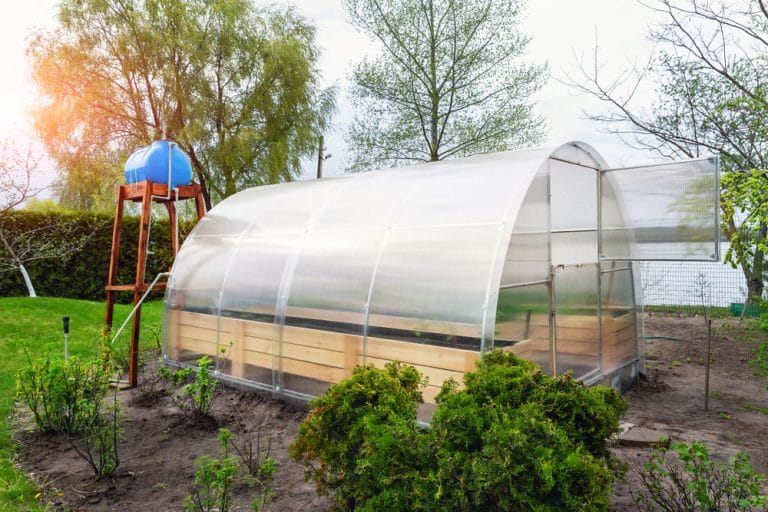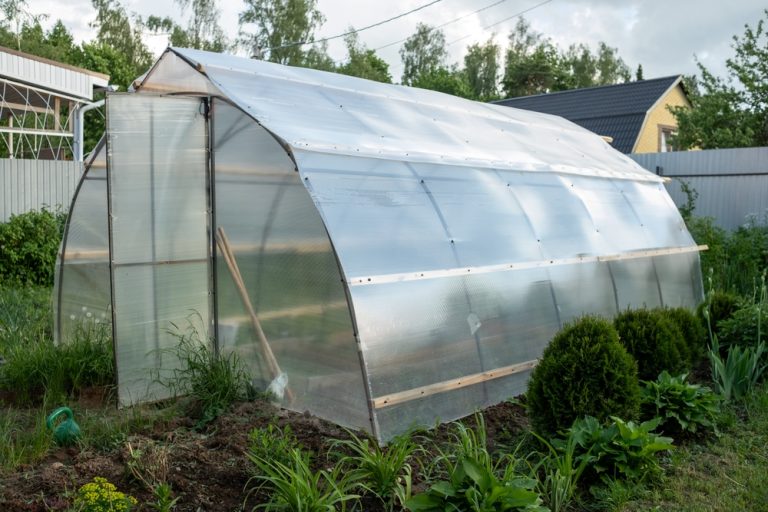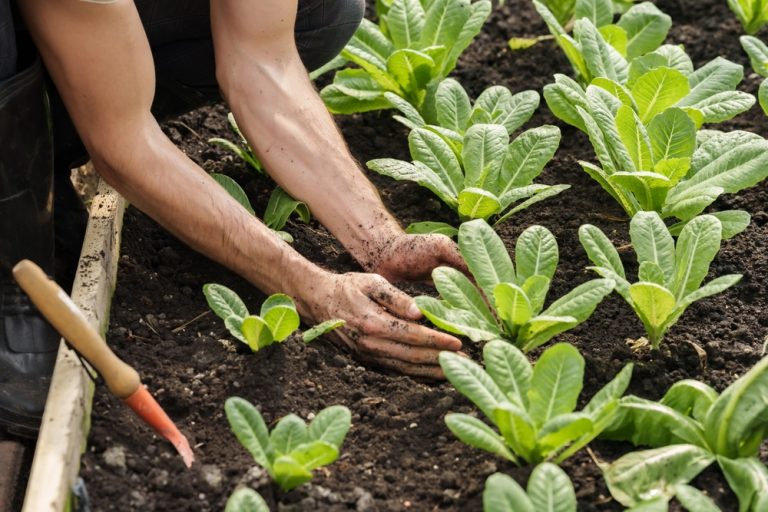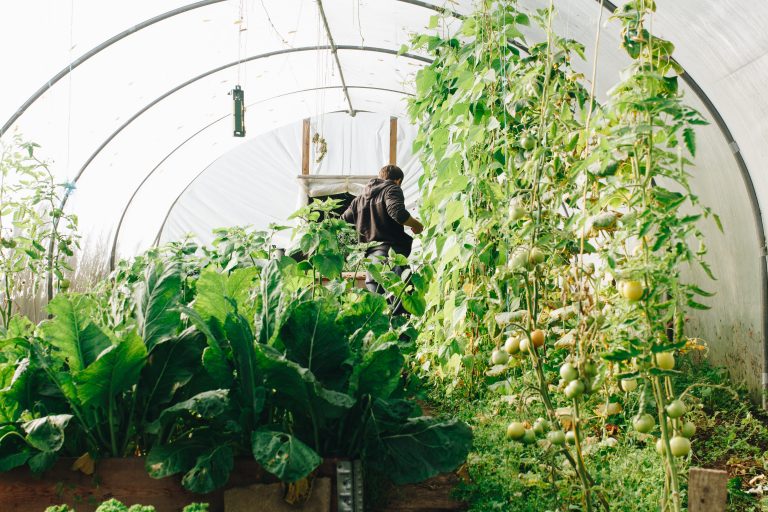Winter has a way of sneaking up and draining the color from everything we love, especially our homes. One minute you’re enjoying leafy patios and sunlit windowsills, and the next you’re staring at frost and wondering why all your plants look mildly offended. That’s where terrariums and indoor greenhouses come charging in like tiny, glass-covered…
greenhouse
When Should You Start Building Your Greenhouse for Next Season?
Greenhouses are more than just glass boxes—they’re magical little ecosystems where seeds transform into lush vegetables, vibrant flowers, and aromatic herbs. The thrill of opening your greenhouse in early spring and discovering your plants thriving before the outside world has even thawed is unmatched. But here’s the catch: if you want this botanical glory, timing…
The Winter Vegetable Garden Hack That Southern Gardeners Swear By
The secret is out: Southern gardeners have a winter trick that feels almost like cheating, and once you learn it, you’ll never look at cold-season growing the same way again. While the rest of the country is scraping frost off windshields and giving their garden beds a final goodbye, Southerners are quietly coaxing vibrant greens,…
How to Keep Your Greenhouse Warm Without Skyrocketing Energy Bills
Winter can be a cruel season for gardeners. You’ve spent months nurturing seedlings, and just when you’re getting excited about new growth, freezing temperatures threaten to turn your greenhouse into a chilly tomb. But keeping your plants cozy doesn’t have to mean watching your energy bills spiral out of control. With a mix of creativity,…
10 Garden Structures Worth Building in Cooler Weather
The moment the air turns crisp and the afternoons feel just a little shorter, something magical happens in the yard: the garden becomes a blank slate again. Cooler weather makes heavy lifting easier, materials less blistering-hot to handle, and weekend projects infinitely more enjoyable. Suddenly, all the structures you dreamed about during the summer heat…
Greenhouse Secrets: How to Turn a Drafty Shed Into a Cozy Plant Haven
The old shed in the backyard often sits half-forgotten, holding rusted tools, tangled extension cords, and mysterious jars you swear weren’t there last year. But hidden beneath its flaking paint and winter drafts is something with enormous potential: a future greenhouse brimming with lush foliage and thriving herbs. Transforming a drafty shed into a warm,…
How Cold Frames Extend More Than Just Lettuce
The first frost hits, and most gardeners reluctantly hang up their gloves, pack away their tools, and wave goodbye to fresh greens until spring. But the ones who know better—the clever few—quietly stroll out to their yards with a smirk because they’ve got a secret weapon: the cold frame. A simple box with a clear…
7 DIY Greenhouse Hacks for Fall Growing
The air is crisp, the leaves are falling, and your summer garden is officially on its farewell tour. But if you think the growing season ends when the pumpkin spice hits the shelves, think again. Fall gardening—especially inside a greenhouse—is like discovering a hidden cheat code for year-round harvests. With a few clever DIY hacks,…
Profitable Greenhouse Crops: Money in Your Pockets
You’ve been growing for a while. You’ve built a DIY greenhouse (or invested in one) and decided that you want to turn your hobby into a profitable small business. Which plants should you focus on growing to ensure steady cash flow? Here are the most profitable greenhouse crops that you should consider growing: Tomatoes Tomatoes…
